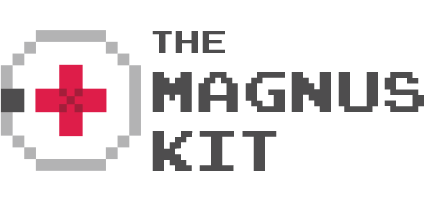Pace Yourself now
Some players think about pace a lot less than game designers do, which is a shame because pace can lie at the root of why players might appreciate their favorite games. Before we start, a quick definition of pace in video games, for those of you that aren’t familiar: Pace is the speed at which you move through a game. Pace can be how fast you move through levels, how fast the game shuttles you through the story, or even the speed of the combat.
But what is good pacing? How does pace improve a game?
You might think that action games need to have a constant ramp up as far as pace goes, and many do. However, some might argue that the best action games understand the importance of a little down time. Quiet moments give you a chance to explore the world that you’re in and understand what the characters are going through.
Wolfenstein: The New Order did a great job with the little moments. In between bombastic combat sections where you literally fight moon-Nazis, you head back to your home base. Usually, you have a little quest to find some tools, or just explore for a few minutes.
Each time you go back, things change a little. Maybe a room once empty now holds a rescued resistance fighter, or maybe a civilian’s room is now empty. You’re never removed from the harsh realities of a Nazi dominated future. You can talk to the other characters and really get a sense of why you’re fighting, ensuring that the combat never gets too ridiculous or boring because it means something.
Half Life 2 also understood how much a quiet moment here and there can mean. The opening plays much differently than the rest of the game, adding flavor and context with observation. You walk through a train station in City 17, meeting civilians and civil protection agents. You understand the oppression that the citizens of City 17 labor under, and you can get angry on their behalf. You can see how terrible this world is and how many of the people have lost hope. Most importantly, you’re given time to digest these feelings and the world. When you actually get to fighting, you have a reason beyond “oh hey this is fun.”
Level design also has a huge amount to do with pace. If a level requires you to backtrack 500 times, it feels tiring or annoying. Conversely, if a level is just a straight line, it can feel a little too simple.
Shovel Knight is a game that excels at clever level design. The whole game is a callback to NES era platformers, from the look, to the gameplay, to the sound of the game. Much like those earlier platformers, the game has an overworld where you choose which level you want to play. Each level is uniquely designed with its own set of challenges, enemies, and treasures. Not only that, but each level’s pace plays into the challenges you face. Mole Knight’s stage, for instance, is filled with lava that you can “goo-ify” to bounce on.
You spend most of your time in this stage hanging in the air, and the enemies are designed to knock you slightly off course as you fall, or be where you're going to land. The pace of this level is fairly slow compared to some of the other levels, but it never feels tedious. You feel like you’re really improving as a player because you learn to deal with everything the game throws at you, despite the differing feelings of all of it.
Does pace have to change from level to level, or do you need different levels to make an engaging game? Doom, a breakneck ride from start to finish, might have something to say about that. You’re dropped into a space station on mars with a pistol and you carve your way through hellspawn (and that’s all the story you’re getting).
Doom is a game of reflexes, frantic movement, and keeping a cool head. The pace of Doom never really dips, it just sort of increases as you have the chance to use more intense weapons. Each level has a “par” time, usually under 5 minutes. The fast pace forces you to rely more on instinct rather than planning and the weapons and enemies are designed around this. Most enemies fire slow moving projectiles or need to use melee attacks. Many of your weapons follow similar rules, so you have to move around enemy fire and you strafe, jump, and run around pillars to return fire without eating too many fireballs to the face. A slow space marine is a dead space marine, according to Doom.
So, we’ve seen how pace can be changed up to great effect, how levels can be paced to keep the game feeling fresh, and how a constant pace can tell you how the game is meant to be played. Pace tells us a lot about how the game designers thought about progression, atmosphere, and playstyle. Think about your favorite game. How was it paced? Where was that pace the most obvious? Why did the pace fit?







